Search
Search Results

Image
Cypriot Pitcher
This Cypriot oinochoe or pitcher in Mycenaean geometric style dates from the late 8th to early 7th century BCE. (Archaeological Museum, Milan)
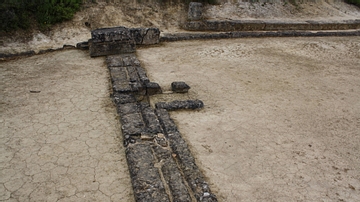
Image
Stadium Starting Block, Nemea, Greece
The starting line or 'balbis' consisted of 12 lanes with posts held in vertical sockets between which a catapult mechanism or 'hysplex' of tensed rope would prevent any athlete from false starting. A judge would simultaneously release the...
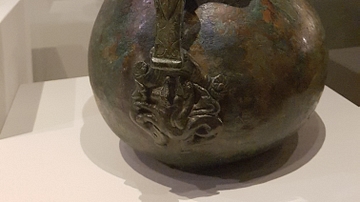
Image
Bronze Pitcher From Pompeii
A bronze pitcher with Nereid (sea nymph). 1st century CE. Soprintendenza Archeologica di Pompei, (photo taken at the National Maritime Museum, Sydney Australia) Utensils for serving food were another way of showing your wealth. This bronze...
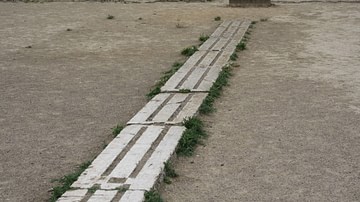
Image
Starting Blocks, Olympia
The starting line of the stadium in Olympia (4th century BCE). Athletes had to place their toes in the front grooves on the block.
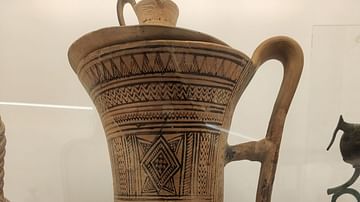
Image
Attic Large Geometric Pitcher with Lid
This pitcher is decorated with linear motifs and horses in successive zones. Vases of this class were used as cinerary urns in Attic burials during the Late Geometric Period. Found in an Attic workshop. Late Geometric II Period (735-720 BCE...
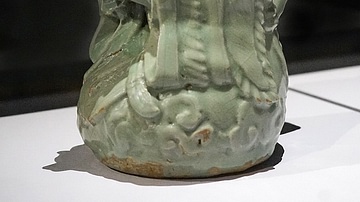
Image
Taoist Figure Celadon Pitcher, Goryeo Dynasty
A celadon pitcher in the form of a Taoist figure. Goryeo Dynasty, 12th century CE, Korea. (National Museum of Korea, Seoul, South Korea)

Image
Lion Shaped Pitcher from Ancient Armenia
This clay pitcher with images of lions is made from clay. It comes from what is present-day Armenia, and it dates from the 13th century BCE. (Metsamor Historical-Archaeological Museum-Reserve, Taronik, Armenia)
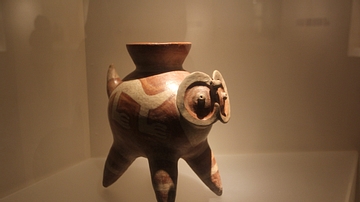
Image
Sculptural Viru Pitcher
From the Formative Epoch (1250 BCE - 1 CE). Represents a figure with the body of a feline, head of an owl, and a serpent-like tail. These animals all had sacred and symbolic meaning in many ancient Peruvian cultures. At the Museo Larco, Lima...
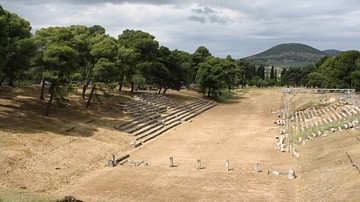
Definition
Stadium
In the ancient Greek world, the word stadium or stadion referred to a measurement of distance, a foot-race, and the place where the race was held and observed by spectators. The Great Games Greek sporting events were closely connected...
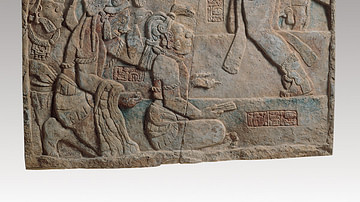
Definition
Maya Government
Ancient Maya government was formed on the basis that rulers were thought to have been god-like, which to some might suggest one unified state. However, the consensus amongst anthropologists supports that each major Maya city remained its...